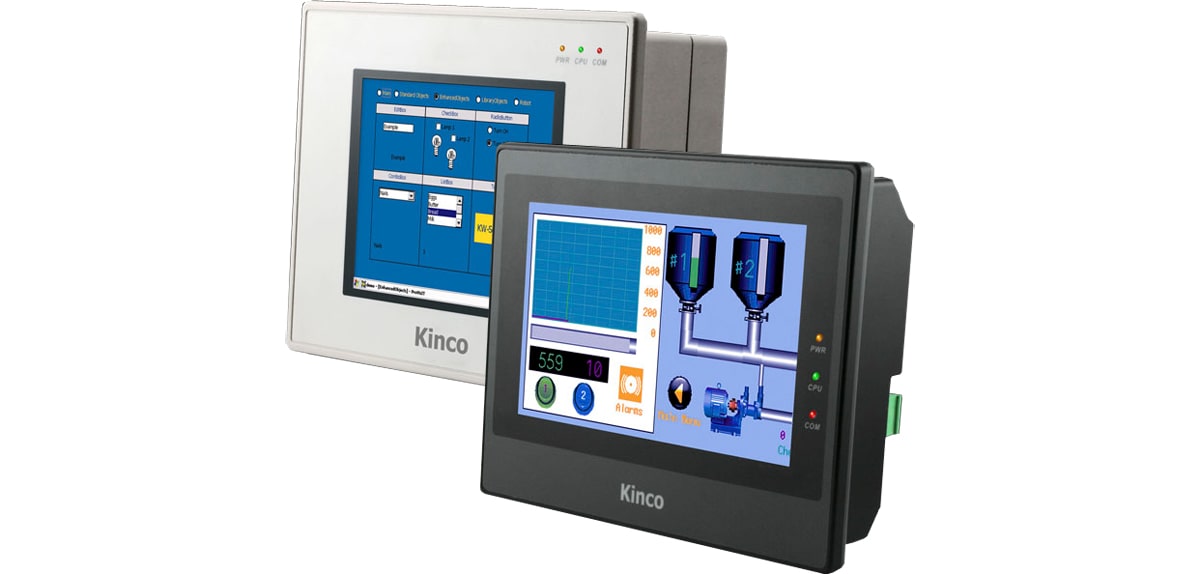
What is an HMI?
Definition and Purpose
A Human-Machine Interface (HMI) is a user interface or dashboard that connects a person to a machine, system, or device. While the term can technically be applied to any screen that allows a user to interact with a device, it is most commonly used in the context of an industrial process.
In industrial settings, HMIs can be used to:
- Visually display data
- Track production time, trends, and tags
- Oversee KPIs
- Monitor machine inputs and outputs
- And more
Common Uses of HMI
HMIs communicate with Programmable Logic Controllers (PLCs) and input/output sensors to get and display information for users to view. HMI screens can be used for a single function, like monitoring and tracking, or for performing more sophisticated operations, like switching machines off or increasing production speed, depending on how they are implemented.
HMIs are used to optimize an industrial process by digitizing and centralizing data for a viewer. By leveraging HMI, operators can see important information displayed in graphs, charts, or digital dashboards, view and manage alarms, and connect with SCADA, ERP, and MES systems, all through one console.
Basic examples include built-in screens on machines, computer monitors, and tablets, but regardless of their format or which term you use to refer to them, their purpose is to provide insight into mechanical performance and progress.
Enterprise 2FA and password manager. One key for all your passwords. Experience fully automated login and security. Faster MFA, auto-OTP, password manager, and worry-free workflow with proximity-based privileged access management for Windows 11, 10, 8, 7, VPNs, websites, and desktop applications including MES, EHR, CAD, and more.
or call 240-547-5446

